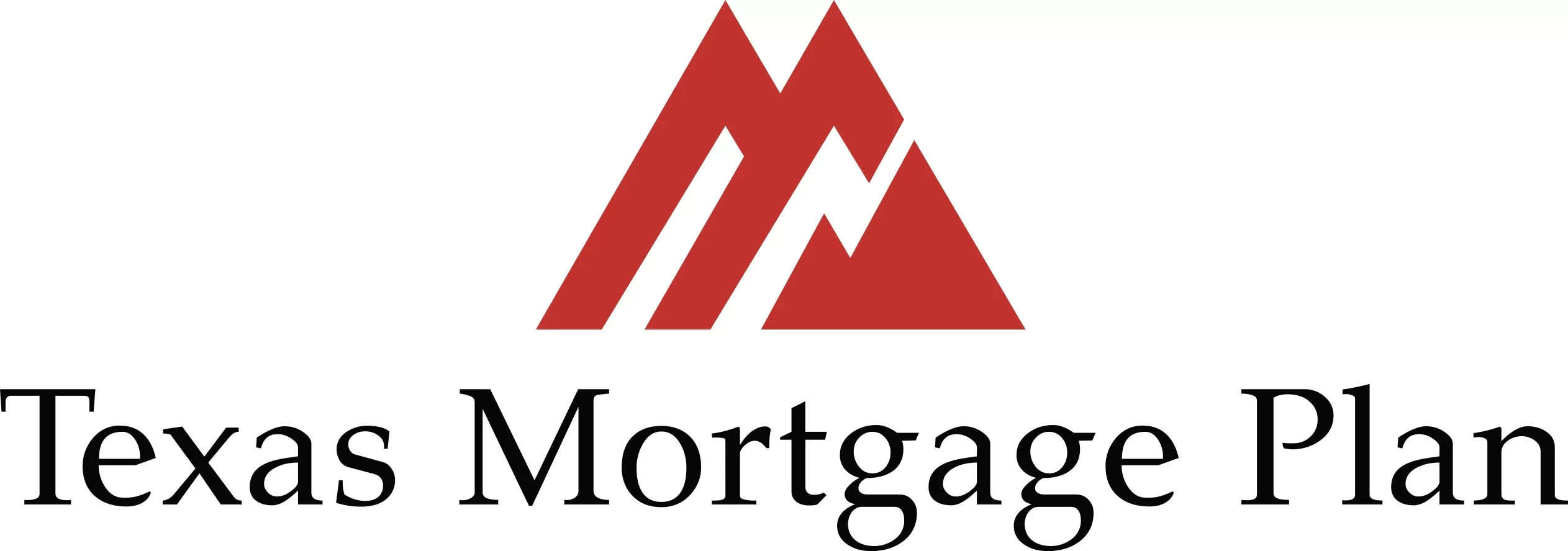What Is a Conventional Loan?
A conventional loan is a type of mortgage loan that is not insured or guaranteed by the government. Instead, the loan is backed by private lenders, and its insurance is usually paid by the borrower. Conventional loans follow guidelines set by Fannie Mae and Freddie Mac. ![]()
Conventional loans are much more common than government-backed financing. In the first quarter of 2018, conventional loans were used for 74% of all new home sales, making them the most popular home financing option—by a long shot.
Though conventional loans offer buyers more flexibility, they’re also riskier because they’re not insured by the federal government. This also means it can be harder for you to qualify for a conventional loan. But stay tuned; we’ll get to that later.
What Is the Difference Between Conventional and Government-Backed Loans?
When you’re thinking about your mortgage options, it’s important to understand the difference between conventional loans and government-backed loans.
Government-backed loans include options like VA loans—which are available to United States Veterans—and Federal Housing Administration (FHA) loans. FHA loans are backed by the Federal Housing Administration, and VA loans are guaranteed by the Veterans Administration.
With an FHA loan, you’re required to put at least 3.5% down and pay MIP (mortgage insurance premium) as part of your monthly mortgage payment. The FHA uses money made from MIP to pay lenders if you default on your loan.
To qualify for a VA loan, you must be a previous or current member of the U.S. Armed Forces or National Guard—or have an eligible surviving spouse. A VA loan requires no down payment, but you must pay a one-time funding fee, which usually ranges from 1%–3% of the loan amount.
With a conventional loan, the lender is at risk if you default. If you can no longer make payments, the lender will try to recoup as much of the remaining balance as they can by selling your house through a short sale process or even foreclosure. You didn’t think borrowers get out of not paying for their house, did you? No way!
Because of this additional risk to the lender, you’re required to pay private mortgage insurance (PMI) on a conventional loan if you put less than 20% down.
What Are the Different Types of Conventional Loans?
Did you catch all of that? Stick with us here. There are also two types of conventional loans: conforming and non-conforming. Here’s the difference:
Conforming Conventional Loan
In order to be considered a conforming conventional loan, the loan must meet the guidelines set by Fannie Mae and Freddie Mac. No, those aren’t your friendly neighborhood grandparents. Fannie Mae (short for the Federal National Mortgage Association) and Freddie Mac (short for the Federal Home Loan Mortgage Corporation) are government-sponsored enterprises that purchase mortgages from lenders.
One of Fannie Mae and Freddie Mac’s most important ground rules is loan limit. For 2018, the baseline loan limit for one-unit properties is $453,100. It’s called baseline because the maximum amount—or limit—you can borrow is adjusted every year to match housing-price changes. In certain high-cost areas, the loan limit may increase to a maximum of $679,650.
Check with your lender to see what the conforming loan limits are for your area.
Nonconforming Conventional Loan
What about conventional loans that exceed the loan limit? These are considered non-conforming conventional loans.
Simply put, a non-conforming conventional loan (also referred to as a jumbo loan) is a conventional loan not purchased by Fannie Mae or Freddie Mac because it doesn’t meet the loan amount requirements. Instead, non-conforming loans are funded by lenders or private institutions.
How Do You Qualify for a Conventional Loan?
Your first step in qualifying for a conventional loan is to sit down with a lender.
When you meet with a lender, they’ll ask for documentation like recent pay stubs, tax returns, bank statements, and other financial information. They want to make sure you have a steady income and can make your monthly mortgage payments on time.
You will also need a down payment to qualify for a conventional loan. Though you can put as little as 3% down when you get a conventional loan, we recommend putting at least 10% down. But 20% is even better because then you can avoid paying PMI!
If you want to start your home search on strong financial footing, talk to your lender about becoming a certified homebuyer. Doing this will require a few extra steps up front, but it can give you an edge over other buyers in a hot market and get you to the closing table faster.
Benefits of a Conventional Loan
There’s a reason why conventional loans are so popular. This type of loan has several features that make it a great choice for most people:
- Low interest rates
- Fast loan processing
- Diverse down payment options, starting as low as 3% of the home’s sale price
- Various term lengths on a fixed-rate mortgage, ranging from 10 to 30 years
- Reduced private mortgage insurance (PMI)
Because conventional loans offer so much flexibility, there are still some decisions you have to make even after you choose this loan type. You’ll also have to consider how much you can put down, how long you want your loan term to be, and how much house you can afford.
We know that sounds pretty overwhelming, but don’t panic! We’ve got some super simple tips to help you confidently buy a house with a conventional loan.



You must be logged in to post a comment.